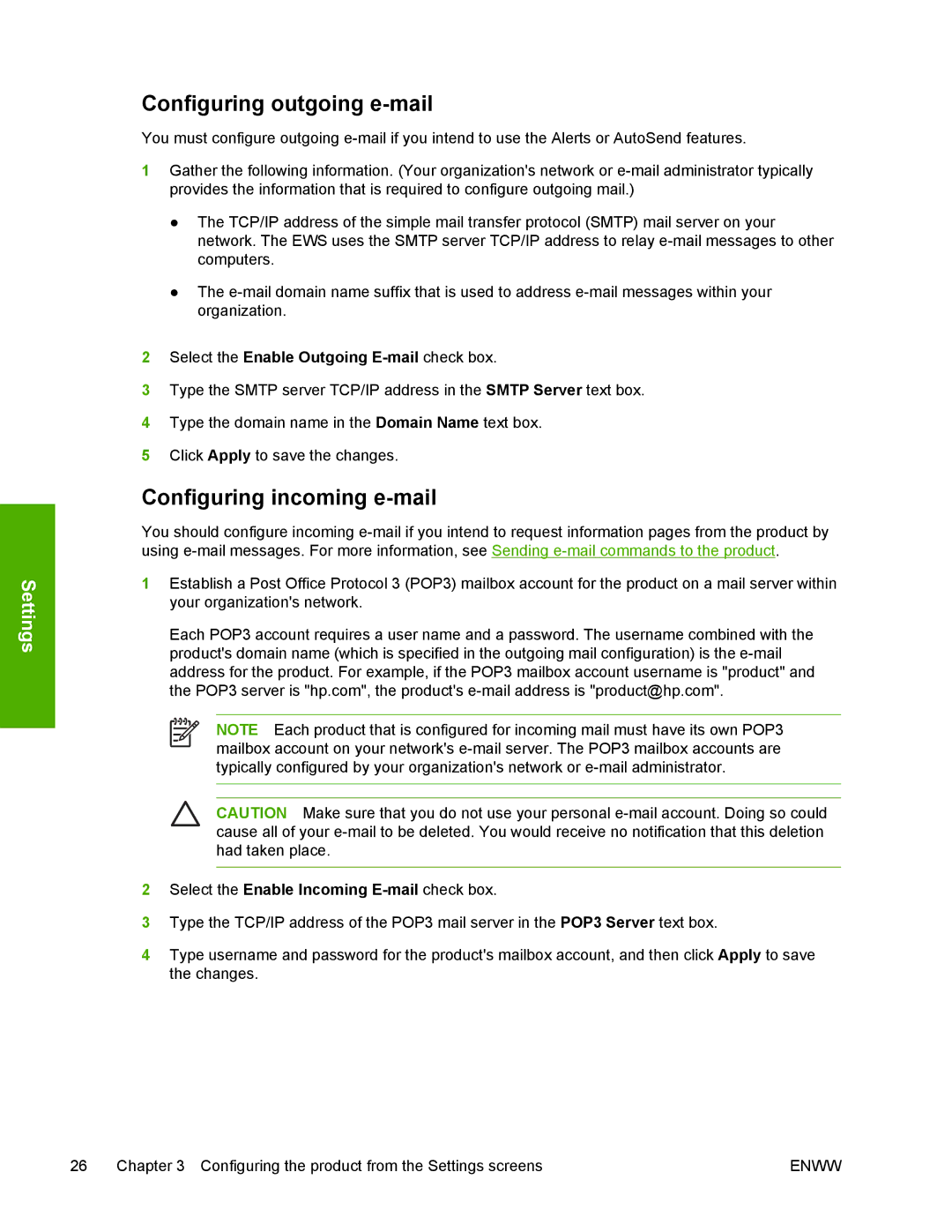4700 HP specifications
The Compaq 4700, developed by HP, stands as a notable entry in the landscape of computing devices. Launched at a time when the demand for versatile and robust computers was burgeoning, the Compaq 4700 was designed to accomplish a variety of tasks, catering to both professional and home users.One of the main features of the Compaq 4700 is its formidable processing power. It is equipped with an Intel processor that significantly enhances the performance for various applications, including office productivity tools, multimedia playback, and light gaming. The architecture allows for a seamless multitasking experience, ensuring that users can switch between applications without noticeable lag.
In terms of memory, the Compaq 4700 typically supports ample RAM options, allowing users to configure their devices based on specific usage requirements. This flexibility is crucial for users who need to run memory-intensive applications or engage in multitasking environments.
The storage capability of the Compaq 4700 is another highlight. It is offered with various hard drive configurations, including traditional HDDs and solid-state drives (SSDs). The inclusion of SSDs provides rapid boot times and faster access to files, significantly improving workflow efficiency. The device also supports sufficient ports for external drives, enabling easy data transfer.
With its integrated graphics capabilities, the Compaq 4700 is suitable for basic graphics tasks, such as photo editing and video playback, making it a competent choice for casual users. This is complemented by a display that offers clear visuals, contributing to an enhanced user experience whether for work or entertainment.
The design characteristics of the Compaq 4700 reflect an emphasis on durability and user-friendliness. The keyboard and touchpad are engineered for comfortable use, suitable for extended periods of typing or navigation. Furthermore, the device's build quality ensures longevity with proper care, making it a reliable choice over time.
Networking features include built-in Wi-Fi, enabling users to connect to the internet effortlessly. This facilitates remote work and online collaboration, both of which are increasingly essential in today's digital environment. Additionally, the presence of various USB ports allows connectivity with a wide range of peripherals, from printers to external storage devices.
Overall, the Compaq 4700 by HP embodies a blend of power, adaptability, and user-centric design. It represents a reliable solution for individuals seeking a computer that can effectively manage everyday tasks, be it for home, school, or professional settings.

